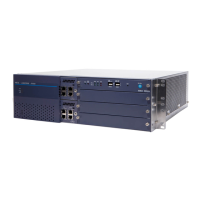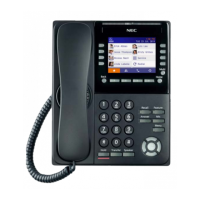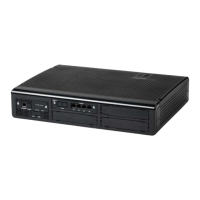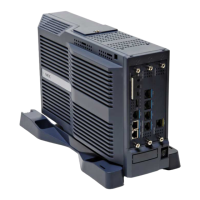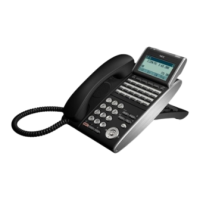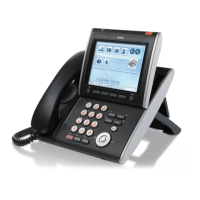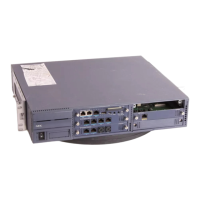Issue 5.0 UNIVERGE SV8100
1 - 414 Direct Inward System Access (DISA)
Guide to Feature Programming
Program
Number
Program Name Description/Comments Assigned Data
10-09-01 DTMF and Dial Tone Circuit
Setup
Reserve at least one circuit for
DTMF reception (entry 0 or 2).
Use the following as a guide when
allocating DTMF receivers:
In light traffic sites, allocate one
DTMF receiver for every 10
devices that use them.
In heavy traffic sites, allocate
one DTMF receiver for every
five devices that use them.
0 = Common Use
1 = Extension Only
2 = Trunk Only
Default:
Circuit/Resource
01~08 = 1 (Extensions)
Circuit/Resource
09~32 = 2 (Trunks)
Circuit/Resource
33~96 = 0 (Not Used)
Circuit/Resource
97~160 = 0 (Common)
When PZ-BS10 is
installed, 97~160 are
available
11-01-01 System Numbering Used to define the system
numbering plan.
Refer to UNIVERGE
SV8100 System
Program Manual
11-09-02 Trunk Access Code – 2nd Trunk
Route Access Code
Assign the Service Code set up in
Program 11-01 for 2nd (Alternate)
Trunk Route Access.
Dial (up to four digits)
(default not assigned)
14-01-02 Basic Trunk Data Setup –
Transmit Level
Customize the transmit and
receive levels of the CODEC Gain
Types for each trunk.
Trunks 1~200
1~63
(-15.5 ~ +15.5dB in
0.5dB intervals)
[default = 32 (0dB)]
14-01-03 Basic Trunk Data Setup –
Receive Level
Customize the transmit and
receive levels of the CODEC Gain
Types for each trunk.
Trunks 1~200
1~63
(-15.5 ~ +15.5dB in
0.5dB intervals)
[default = 32 (0dB)]
14-01-13 Basic Trunk Data Setup –
Trunk-to-Trunk Transfer
If DISA caller can place outgoing
calls through the system (refer to
Program 20-14 in the UNIVERGE
SV8100 Programming Manual),
enable loop supervision (1) for the
DISA trunk. If DISA caller cannot
use the system trunks for outgoing
calls, enter 0 to disable loop
supervision.
0 = Disable
1 = Enable
(default = 1)
20-01-05 System Options – DTMF Receive
Active Time
After answering the call, the
system attaches a DTMF receiver
to the DISA trunk for this time.
0~64800 (seconds)
(default = 10 seconds)

